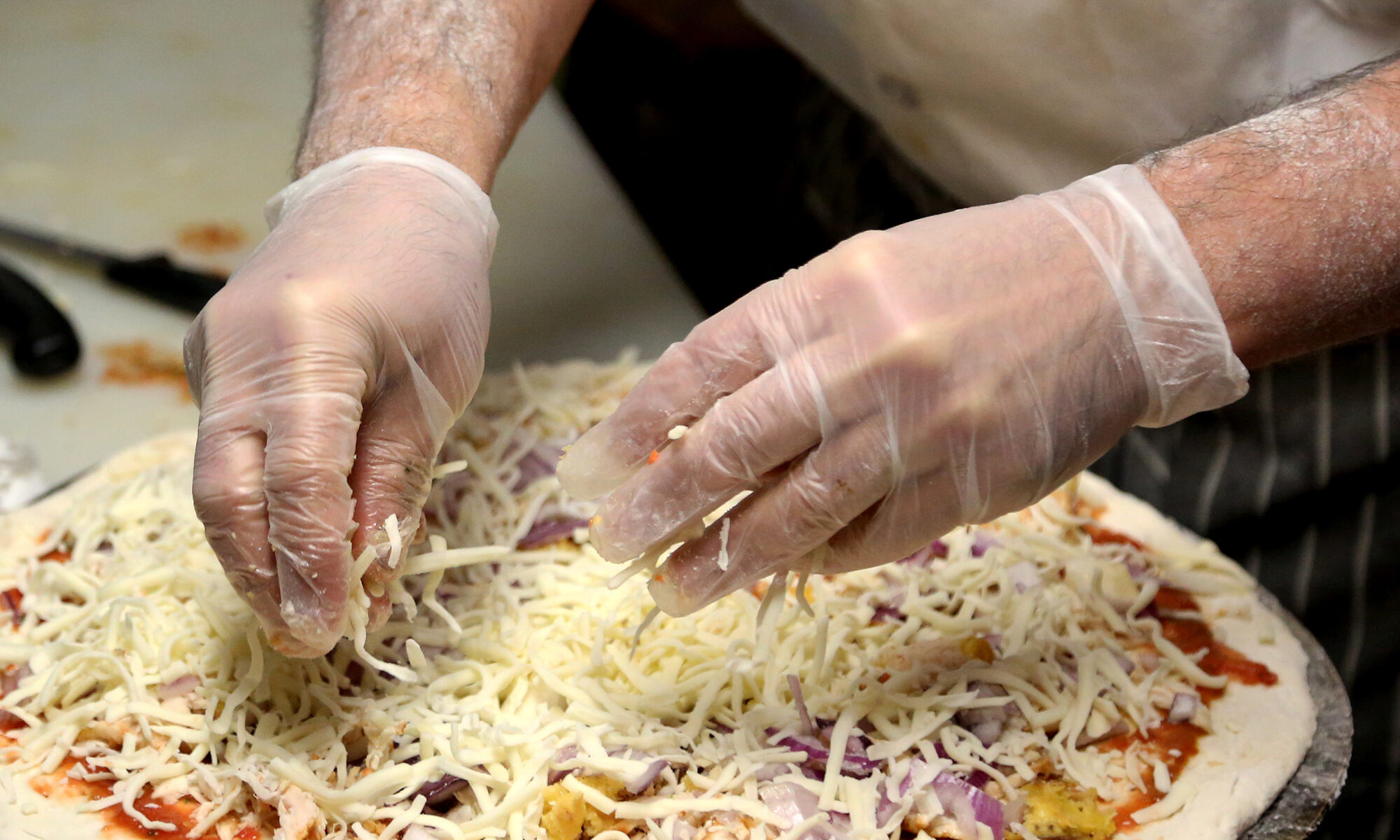Disposable gloves are an invaluable tool in kitchens around the globe. From making burger patties to mixing salads to plating and serving food, they protect against cross-contamination as well as keeping hands safe from chemicals and cleaning solutions.
We often get questions about the suitability of using disposable gloves over an open flame like a grill. Distributor partners say their customers inquire about using disposables when cooking, and which material is best in those situations.
The short answer? Disposable gloves do not provide a sufficient barrier against direct or nearby heat to use them for cooking, unless you’re using utensils.
Manufacturers say all three types of disposable glove materials—nitrile, vinyl, and latex—offer minimal thermal insulation and protection, so any exposure to heat levels that normal skin cannot tolerate should apply to gloves as well. Translation: If you can’t touch it with your bare hand, don’t touch it while wearing a disposable glove.
Thicker is better but not perfect
Thicker gloves, like 8-mil Gloveworks orange and green with Raised Diamond Texture, will slow transmission of heat—but the difference is not substantial and the user still faces risk of injury.
Basic 3-mil vinyl gloves are rated for a maximum of 200 degrees Fahrenheit over short-term exposure; in other words, a glancing touch at most. Designed for frequent changes, they are much more effective at preventing the spread of bacteria and pathogens than they are protecting hands from heat.
Caution is always the best policy
Glove makers have also listed 350 degrees for latex and 400 degrees for nitrile; again, these guidelines are for extremely short-term exposure and should be used as a general guide only.
Specialty heat-resistant gloves, usually made of silicon or Kevlar, should be the choice for working on a grill, whether in a restaurant or one’s own backyard. Some barbecue experts swear by wearing cotton gloves underneath nitrile gloves. The cotton provides a bit of insulation while the nitrile keeps them dry and free of grease and barbecue sauce—but caution still must be exercised.
Latex is not the right choice
Even though some of our distributor partners tell us they have restaurant customers who prefer latex gloves, we don’t recommend them for food. Because of allergy concerns, at least eight states have banned latex for use in restaurants, and others will eventually follow suit.
Getting ahead of the trend is a wise choice. Use vinyl for preparing food, nitrile for more demanding kitchen needs, and specialty heat-resistant gloves for baking or grilling. And most important of all, be careful out there.





